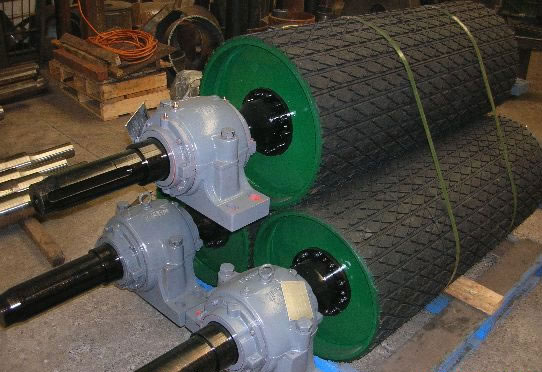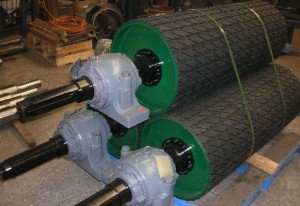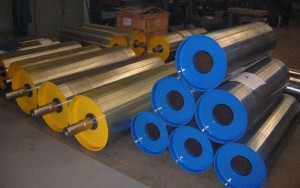Keep conveyor belts moving by implementing a coordinated approach to system support, a mechanical upkeep strategy that extends the lifespan of your conveyor pulleys. Competent working practices take the form of a first-class preventative maintenance strategy, a standard means of periodically checking system components during a normal operational state, so as to instigate a powerful facilities management policy. On taking the assessment procedures and repairs to the next level, the work goes beyond surface evaluations, beyond peering into the surface of the belt, and descends to the inner workings, thus expertly monitoring the condition of pulleys, motors, and all essential parts of the drive system.
Penalizing Productivity
A poorly maintained conveyor belt threatens productivity, stopping the manufacturing cycle from moving between assembling stations and production machinery. In fact, the whole facility will come to a grinding halt if the conveyor gear decides to pack up and stop. A properly organized preventative maintenance plan spots minor issues and repairs these trivial problems before they can worsen and turn into major breakdowns. The periodic nature of the process documents these problems, tracking the condition of the machinery for troubling signs of system deterioration. Of particular interest in this scenario is the conveyor pulleys, core parts that bridge the drive system and the belt. A poorly maintained pulley will lose its smooth rolling characteristics due to a lack of lubrication on the bearings. The pulleys are critical production links in a chain of product carriage that must be supported over a 24/7 run period, meaning any downtime whatsoever will incur costly losses.
Intolerable Downtime Avoidance
Tension is the next key property, one that keeps company with bearing integrity. The many disparate load factors that have an untoward effect on load pulleys include torsional and shearing events, forces that work at an angle to the axis of the pulley shaft. Irregular operation begins to introduce eccentric rubbing action into the system, movement that wears drum cladding and dramatically lowers the operational efficiency of the belt. The conveyor pulleys suffer from stress, a mechanical pressure that alters the tension of the conveyor belt. A conscientiously observed preventative maintenance program takes note of tension changes over time and corrects the problem if system tolerances are compromised. This corrective action restores tension, thus preserving the rigidity factor of the belt across all pulleys. The result of the preventative strategy is improved productivity, the elimination of costly downtime, and a custodial preservation of both bearing integrity and belt tension.
The goal of preventative maintenance is to predict a weak link in the production chain and to repair that link before it turns into a time-consuming and profit-eating breakdown.


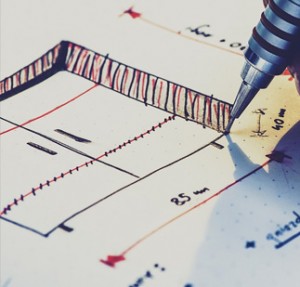
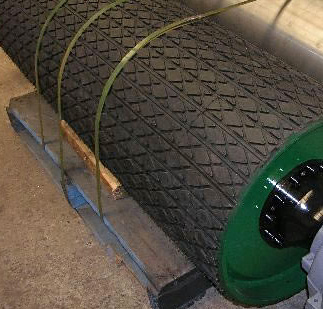

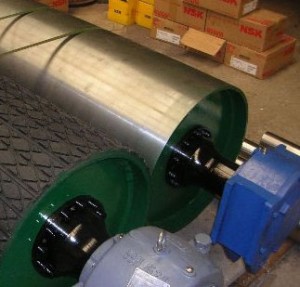

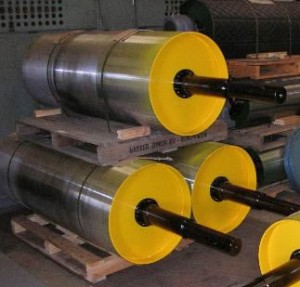

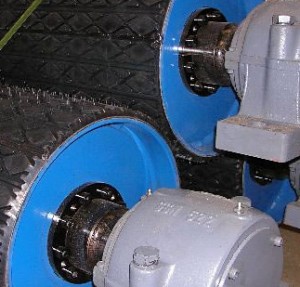

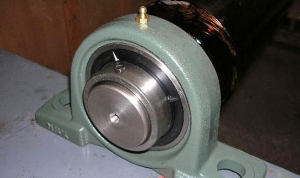

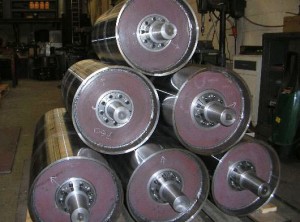


 Although the drum pulley rules the conveyor industry with an iron fist, we need to go beyond the above definition to realize the talents of the device. A drum pulley is more than a shaft and an outer shell supported by two circular end plates. For example, the cladding of the shell can be altered to enhance the standard cylinder profile of the product. A crown can be incorporated within the design to aid in belt tracking. Lagging choices in the drum aid in the contact formula that prevents slippage between the belt and the drum. Bearing housings decrease friction events and eliminate vibration. The vibration reduction property is particularly relevant when the conveyor is commuting small components that are not meant to move.
Although the drum pulley rules the conveyor industry with an iron fist, we need to go beyond the above definition to realize the talents of the device. A drum pulley is more than a shaft and an outer shell supported by two circular end plates. For example, the cladding of the shell can be altered to enhance the standard cylinder profile of the product. A crown can be incorporated within the design to aid in belt tracking. Lagging choices in the drum aid in the contact formula that prevents slippage between the belt and the drum. Bearing housings decrease friction events and eliminate vibration. The vibration reduction property is particularly relevant when the conveyor is commuting small components that are not meant to move.